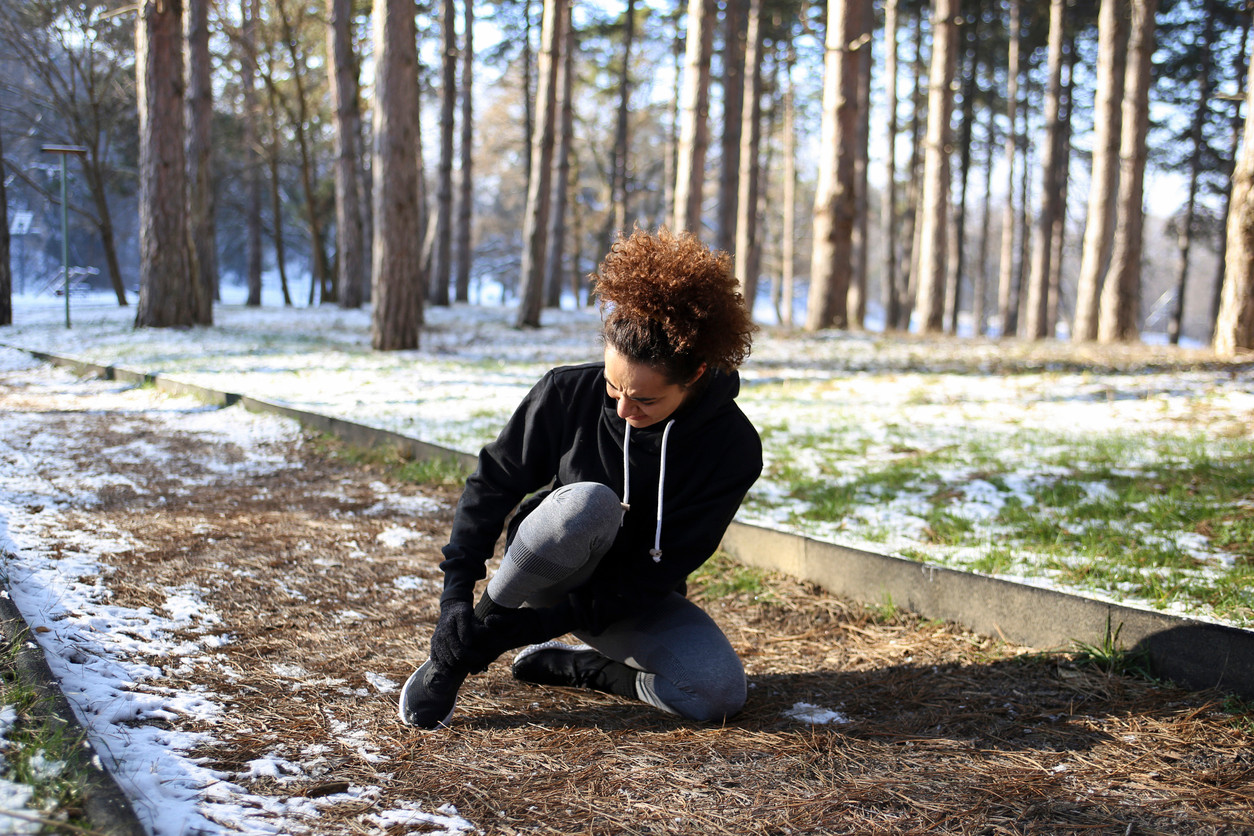Ankle Bursitis Pain: What It Is and How to Treat It
Ankle bursitis can cause pain that impacts your daily movements, but these tips and exercises can relieve the discomfort and help prevent it in the future.
$0 costo para usted
Fecha de Publicación: Jul 22, 2024
El índice
Fully covered foot or ankle pain relief
Find relief from foot pain, ankle pain, plantar fasciitis, & more.
Check if I'm eligibleExercises to Relieve Ankle Bursitis Pain
¿Quieres atención de expertos? Consulta si estás cubierto por nuestro programa gratuito →- Toe Presses
- Ankle Pumps
- Isometric Ankle Inversion
- Floor Calf Stretch
- Reverse Lunge
